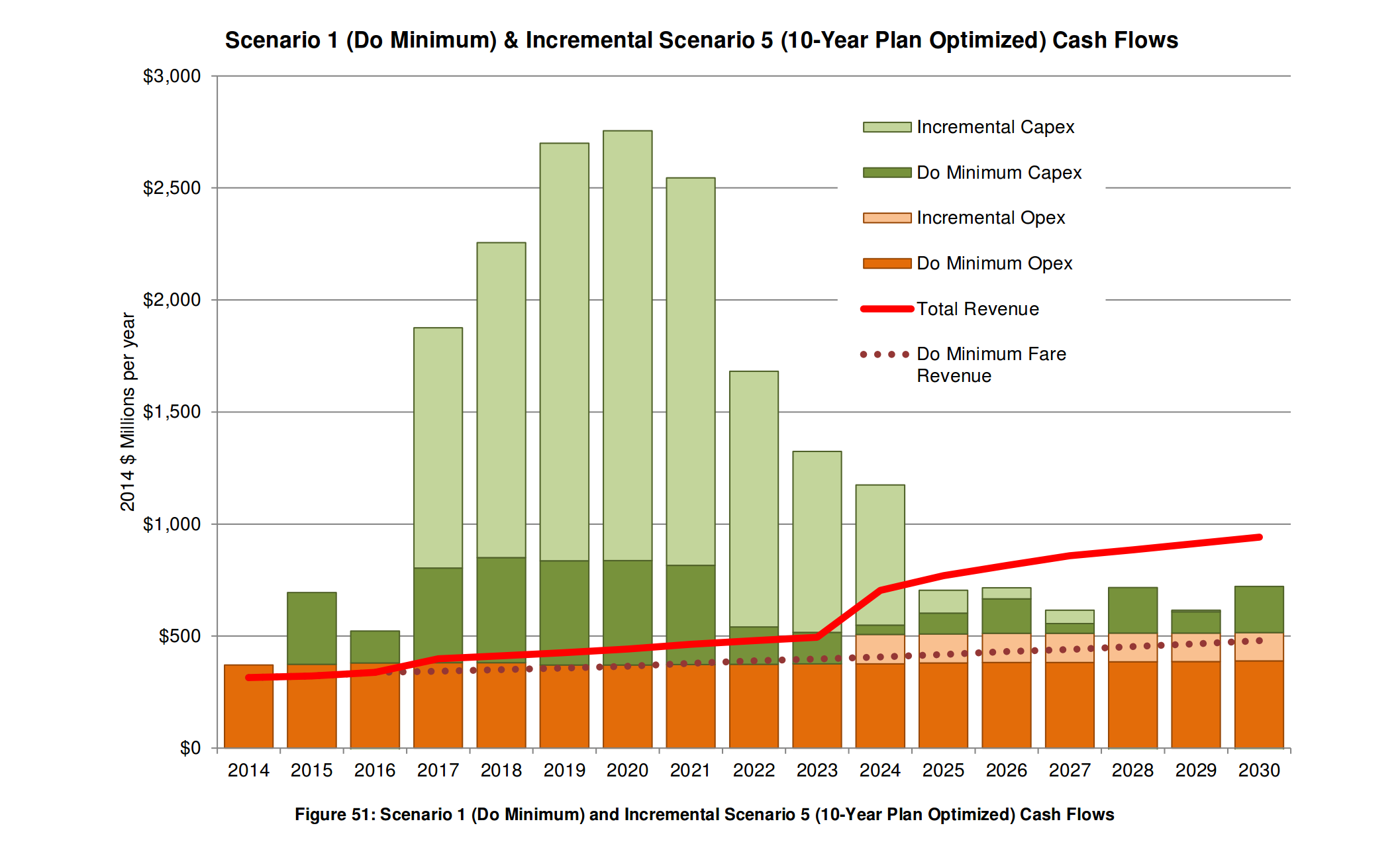This is very simplistic math - a 4000 hp locomotive is about three mw at full throttle. That's roughly equivalent to 2-3 winmills..... the ones that have to turn even though there is sufficient nuclear and hydro power on line. Each of the four reactors at Darlington put out about 800 mw, so a single Go train is lost in the noise.
GO trains don't run at full throttle continuously, and if electric they can feed power back into the grid while braking. And EMU's use less power. So the average load is much lower. Nevertheless, a 70 locomotive fleet all running in peak service would amount to a quarter of a reactor at the most extreme moment.... or a whack of windmills, or as much gas power as Mc Ginty cancelled in Mississauga.
I agree, it's a small fraction of the load represented by autos. Would we be better off taking the capital for GO electrification and just give people electric cars instead? Maybe....it's an interesting question. Getting drivers out of their cars and onto diesel GO trains is still the greatest incremental energy reduction, so maybe more track and more service is better use of the capital.
- Paul






